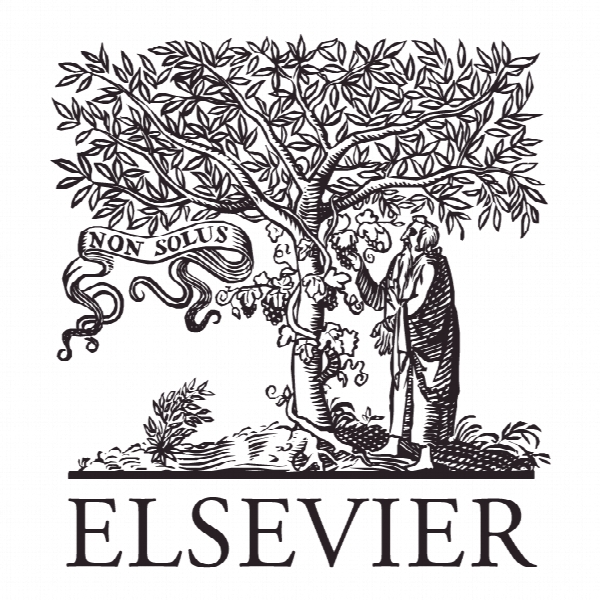مدیریت ریسک مواد خطرناک در یک اقتصاد مدور Risk management of hazardous substances in a circular economy
- نوع فایل : کتاب
- زبان : انگلیسی
- ناشر : Elsevier
- چاپ و سال / کشور: 2018
توضیحات
رشته های مرتبط اقتصاد و مدیریت
گرایش های مرتبط مدیریت ریسک
مجله مدیریت محیط زیست – Journal of Environmental Management
دانشگاه National Institute for Public Health and the Environment (RIVM) – The Netherlands
منتشر شده در نشریه الزویر
کلمات کلیدی انگلیسی Chemicals, Recycling, REACH, Toxicity, Sustainability
گرایش های مرتبط مدیریت ریسک
مجله مدیریت محیط زیست – Journal of Environmental Management
دانشگاه National Institute for Public Health and the Environment (RIVM) – The Netherlands
منتشر شده در نشریه الزویر
کلمات کلیدی انگلیسی Chemicals, Recycling, REACH, Toxicity, Sustainability
Description
1. Introduction Building on the global Sustainable Development Goals (SDGs; UNEP, 2016), the circular economy concept has become a particular area of focus in many countries. Both biotic and abiotic waste streams are increasingly used in a variety of circular economy technologies. Biotic waste originates primarily from agricultural or forestry activities and may serve as a bio-based, renewable feedstock for both producing bio-energy (e.g. biogas) and manufacturing bio-based products. Abiotic waste comprises a wide range of material streams such as plastics, metals, paper, construction materials, and wastewater. The re-use or recycling of these waste streams fits within the ambitions of many national and international sustainability objectives focusing on the reduction of the use of fossil feedstocks and on resource efficiency (European Environment Agency, 2016). The Dutch House of Representatives recently stated that, in 2030, the use of primary raw materials (minerals, fossils and metals) has to be reduced by 50% (Dutch Parliamentary document, 2016). Partly, this should be achieved by increasing the current efficiency of resource use and by further optimising recycling, hence reducing waste and the use of primary raw materials. The other part should be reached by increasing the contribution of biomass as a renewable resource, and cascading and optimising the use of this resource. In addition to resource efficiency, a circular economy offers substantial opportunities for reducing CO2 emissions (Paris Protocol; European Commission, 2015). Greater efficiency in raw material and material chains could save 17 megatonnes of CO2 equivalents annually in the Netherlands, being nearly 10% of its annual production of CO2 (Dutch Parliamentary document, 2016). The ambitions for a circular or biobased economy are high and unambiguous. Day-to-day experience, however, makes it very clear that the transition still has many difficulties to overcome. One of the current hurdles is the presence of hazardous substances in waste streams that enter or re-enter into the environment or the technosphere. Examples are stabilising agents in PVC (e.g. Pivnenko et al., 2016), plasticisers in food packaging materials (e.g. Vapenka et al., 2016), but also chemicals that were unintentionally formed during processing, like furans, dioxins or polycyclic aromatic hydrocarbons (e.g. Tue et al., 2013). An important category comprises the so-called ‘legacy substances’ which are prohibited or severely restricted by law nowadays, but may still be present in numerous * Corresponding author. materials. These hazardous chemicals may re-emerge in the end products that are manufactured from waste, resulting in potential risks for mankind and the environment. The substances may also pose hitherto unidentified risks because of different exposure and environmental emission routes from the new waste processing technologies compared to the conventional treatment. The key question is, therefore, do we have the appropriate risk management tools to control any risks that might arise. The European framework for the concepts of waste, by-product and end-of-waste status, in practice, leads to considerable (legal) uncertainty, especially in connection with REACH, the most important regulation on the risk management of chemicals in the EU (Regulation (EC) No 1907/2006; European Commission, 2006). REACH was set up to take into account the potential risks during the entire life cycle of chemicals, including the waste phase, but, in practice, the focus has been on the production and use stages of substances. Waste legislation and substance-specific legislation have been ‘living apart’ for decades, but recent circular economy initiatives are now forcing them together in an accelerated way.


